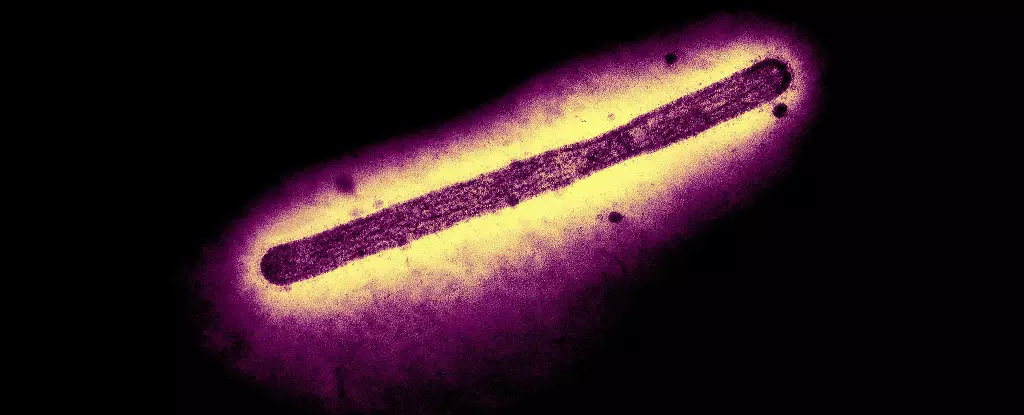The rise of avian influenza in the United States has generated significant concern among health experts, particularly with the recent discovery of the virus infecting not only birds but also mammals, including cats. As the situation develops, it is critical to analyze the current state of infections, particularly the human cases and their implications for public health, as well as how these changes could potentially facilitate a wider outbreak.
Recent instances of H5N1 infections in humans have raised alarms in the medical community. One notable case involves an elderly individual from Louisiana who is critically ill due to a severe strain of H5N1. The Centers for Disease Control and Prevention (CDC) has reported that genetic analysis of the virus from this patient indicated mutations that may enhance its ability to bind to the receptors in human airways. Authorities have been quick to stress, however, that no evidence suggests this strain has transmitted beyond this singular case.
While mutations in the virus representative of adaptation to humans are concerning, experts emphasize that it is premature to draw conclusions about their broader implications. The potentially mutated virus discovered in this patient appears to be an isolated incident and not indicative of an imminent epidemic. Virologist Angela Rasmussen pointed out that previous similar mutations have not led to widespread outbreaks.
The relationship between viral mutations and infectious disease transmission is a complex one. While adjustments in the virus’s genetic makeup may hint at a potential for increased transmissibility, they are not definitively indicative of such. As Thijs Kuiken from Erasmus University noted, the capacity for a virus to attach to human upper respiratory cells, while important, cannot be singularly employed to assess its ability to spread among individuals.
Furthermore, it is essential to recognize that adaptations could lead to milder infections. Such adaptations might favor upper respiratory symptoms, like nasal congestion, rather than progressing towards severe health issues, such as pneumonia. While there is an urgent need to monitor the situation, it does not indicate immediate cause for alarm.
An unsettling aspect of the current avian influenza situation is its mouth-tightening crossover into mammalian species, particularly felines. The case of a cat in Oregon, which succumbed to H5N1 after consuming contaminated raw pet food, emphasizes the need for vigilance in monitoring animal infections. This incident prompted a recall of certain pet food brands, showcasing the potential for viruses to traverse species barriers, further endangering public health.
In addition, reports of bird flu infections among wild cats in sanctuaries are also concerning. The increased vulnerabilities of pets, as they interact within their homes and environments, present another potential pathway for bird flu transmission to humans.
The continuous circulation of avian influenza raises alarm bells, particularly concerning the risks of recombination with seasonal flu viruses. Such events have led to historical pandemics, most notably the 1918 Spanish flu and the H1N1 pandemic in 2009. With the CDC reporting numerous confirmed cases in 2024 and an undercounting likely among occupational groups, the threat of a rapid evolutionary leap among these viruses grows.
Experts, aware of the fine balance between caution and alarm, encourage monitoring and preparedness without descending into panic. The presence of dual infections or reassortment between different influenza strains could lead to unforeseen health consequences.
The emergence of new strains of avian influenza within the United States, especially in light of human and animal infections, signifies an urgent need for ongoing surveillance and research. The possibility of mutations that enhance viral transmissibility cannot be ignored, but neither should it incite fear without context. Public health officials and researchers must continue to investigate, educate, and prepare to ensure the safety and health of communities. As we move forward, balancing informed vigilance against avian influenza with proactive measures will be critical to mitigating potential threats to human health.


Leave a Reply